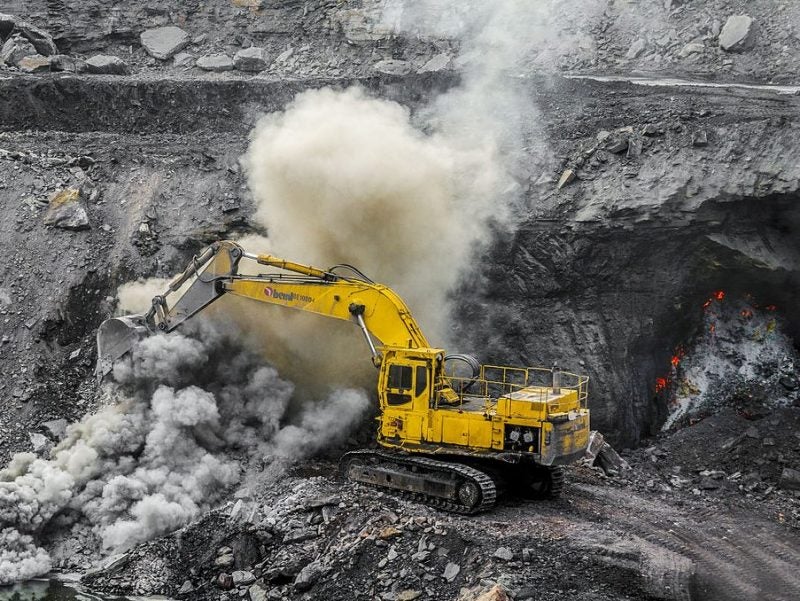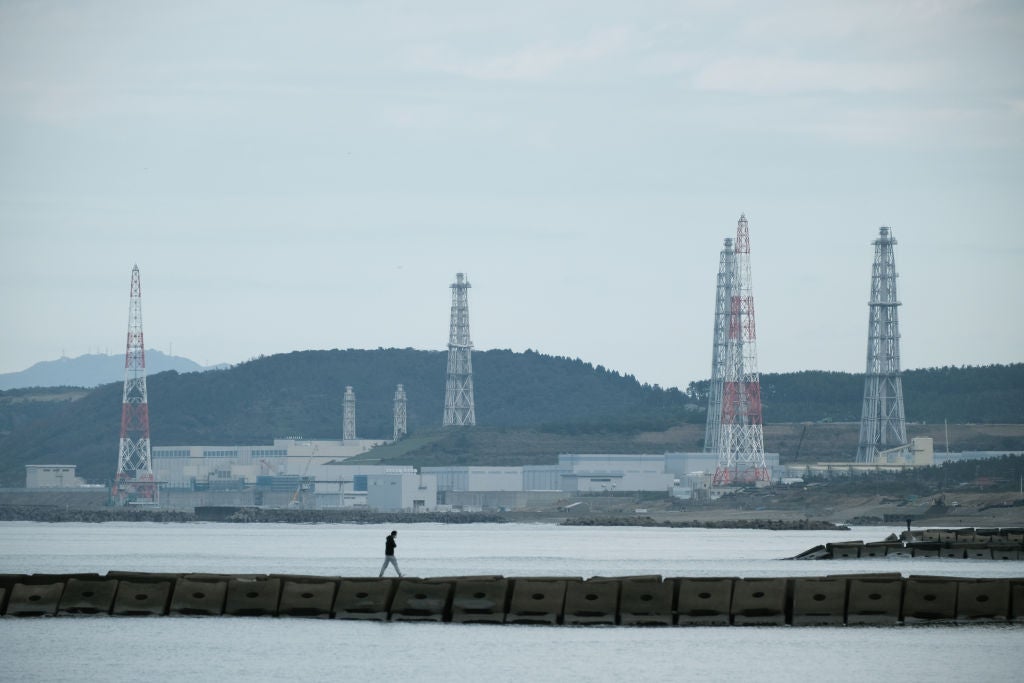
If any further evidence was needed of the speed and scale of the energy transition from fossil fuels to renewables globally, look no further than the emerging trend of compensation culture in Europe.
In May, the European Commission approved the Dutch Government’s plan to compensate Vattenfall to the tune of €52.5m for the closure of its Hemweg coal-fired plant, five years earlier than planned.
The move comes after a trio of new coal stations came online in the Netherlands as recently as 2015, when fossil fuels – mainly natural gas and coal – accounted for over 80% of the nation’s electricity.
Barely five years later, in December 2019, in a landmark legal win for environmental non-profit the Urgenda Foundation, the supreme court in the Hague ordered the Dutch Government to reduce CO2 emissions by 15Mt in 2020. That same month, the Netherlands adopted a law prohibiting the use of coal for the production of electricity as of 1 January 2030 at the latest – beginning with Hemweg 8.
Then, in April of this year, the Dutch administration, under Prime Minister Mark Rutte, announced that capacity at the country’s remaining three coal-fired stations would be reduced by 75%. In the space of just half a decade, an advanced Western nation had sounded the death knell for king coal.
“In the context of the European Green Deal, the phasing-out of coal fired power plants can crucially contribute to the transformation to a climate-neutral economy, which is good,” said EU Commission executive VP for competition policy Margrethe Vestager in May. “At the same time, member states may need to compensate these companies in line with the national and EU state aid rules.
How well do you really know your competitors?
Access the most comprehensive Company Profiles on the market, powered by GlobalData. Save hours of research. Gain competitive edge.

Thank you!
Your download email will arrive shortly
Not ready to buy yet? Download a free sample
We are confident about the unique quality of our Company Profiles. However, we want you to make the most beneficial decision for your business, so we offer a free sample that you can download by submitting the below form
By GlobalData“Our assessment concluded that the Dutch compensation measure to the coal-fired power plant Hemweg due to its early closure does not unduly distort the competition in the EU’s single market.”
Germany to compensate lignite regions to the tune of €40bn
Across the border in Germany, the strategy of compensating hard-coal operators for closing power plants prematurely has been on the table for a year. In July 2019, the German energy ministry announced a series of auctions, during which operators could bid a price for the early closure of high-polluting facilities. Those with the lowest CO2 reduction bids will be awarded compensation.
Germany will launch two tenders, one this year and another in 2021, aimed at closing 5.5GW of hard coal capacity. Operators can bid for closures of 4GW in 2020 at a maximum compensation of €165,000/MW. A tender in 2021 for 1.5GW capacity would allow tenders of up to €155,000/MW.
Finance minister Olaf Scholz said that operators of coal-fired plants in western Germany will receive €2.6bn in compensation for switching them off early, while €1.75bn will go to those with stations in the east. The payments are on top of €40bn-worth of economic sweeteners that the government has already promised to lignite mining regions as it looks to phase out the use of coal by 2038.
“What we have here is a good agreement for climate protection because it makes clear that we mean it seriously,” economy minister Peter Altmaier said.
Not everyone concurs. While environmental campaigners have praised Angela Merkel’s coalition government for setting a target of generating 65% of Germany’s electricity from renewable sources by 2030, they have criticised its decision to allow a new coal-fired plant – Datteln 4 – to go online this year, which, according to government figures, would result in 10m tonnes of CO2 emissions.
The end of coal’s reign in Spain: “there is no going back”
In Spain, the EU decision to ban state fossil fuel subsidies, coupled with depressed market conditions exacerbated by the Covid-19 crisis, has led to coal plants shutting their doors at an astonishing rate.
The majority of the country’s coal mines closed by the end of 2018, with losses of around 1,500 jobs. The phase-out agreement between the government, coal mining companies, and unions set aside €250m in compensation to fund retirement packages, retraining, and environmental restoration.
That same year, nearly 15% of all the electricity consumed in Spain came from coal-fired thermal stations. In May of this year, such plants contributed just 1.4% to the power mix. On 30 June, seven of the country’s remaining 15 coal-fired stations ceased operations; four more are due to follow.
According to a report in EL PAÍS, together, these seven plants produce 4,630MW, a little less than half the total installed coal power generation capacity in Spain; they also provide around 1,100 jobs.
The EU emissions trading system set a price for releasing CO2 that was high enough to discourage the use of coal. Add to this the low price of natural gas since 2019 – Spain has many combined-cycle power plants that use gas and can easily replace fossil fuel facilities – and the fate of coal was sealed.
“A year ago there were still a few sceptics out there, but after the movement we’ve seen, I think that there is no going back to coal for Spain,” said Pedro Linares, director of Economics for Energy.
Going green? The future of coal-fired plants in the US and Japan
Outside of Europe, Japan is reportedly looking to suspend or close as many as 100 older, inefficient coal-fired power plants by 2030. The Yomiuri newspaper said that industry minister Hiroshi Kajiyama is set to announce that nearly 90% of 114 plants built before the mid-1990s will be shut or mothballed.
Coal accounts for 32% of Japan’s energy supply mix; the country ramped up coal use after the 2011 Fukushima nuclear disaster led to the shutdown of most atomic reactors.
Power companies plan to close 13 coal plants in the US this year, according to an E&E News review of federal data and companies’ closure plans, while two others will be converted to natural gas.
The US Energy Information Administration estimates that CO2 emissions from coal fell by almost 15% in 2019, part of a 2.8% drop in total energy-related emissions. The drop in emissions reflected a 16% decline in coal generation, with electricity production from the fuel at its lowest level since 1976.
It is unclear whether either the US or Japan have any plans to compensate the owners of coal-fired plants at the scale seen in Germany and the Netherlands. Vattenfall is busy investing in renewables, mainly wind and solar power. The Swedish giant has won the concession for Hollandse Kust Zuid 1-4, the world’s largest wind farm built without subsidies, with a total installed capacity of 1,500MW.
As for Hemweg 8, it will function as a fossil-free hub for electricity and heat, both in production as well as in transit and temporary storage of energy. With or without state compensation, in the new age of renewables, many more former coal-fired facilities look set to face a very different future.





